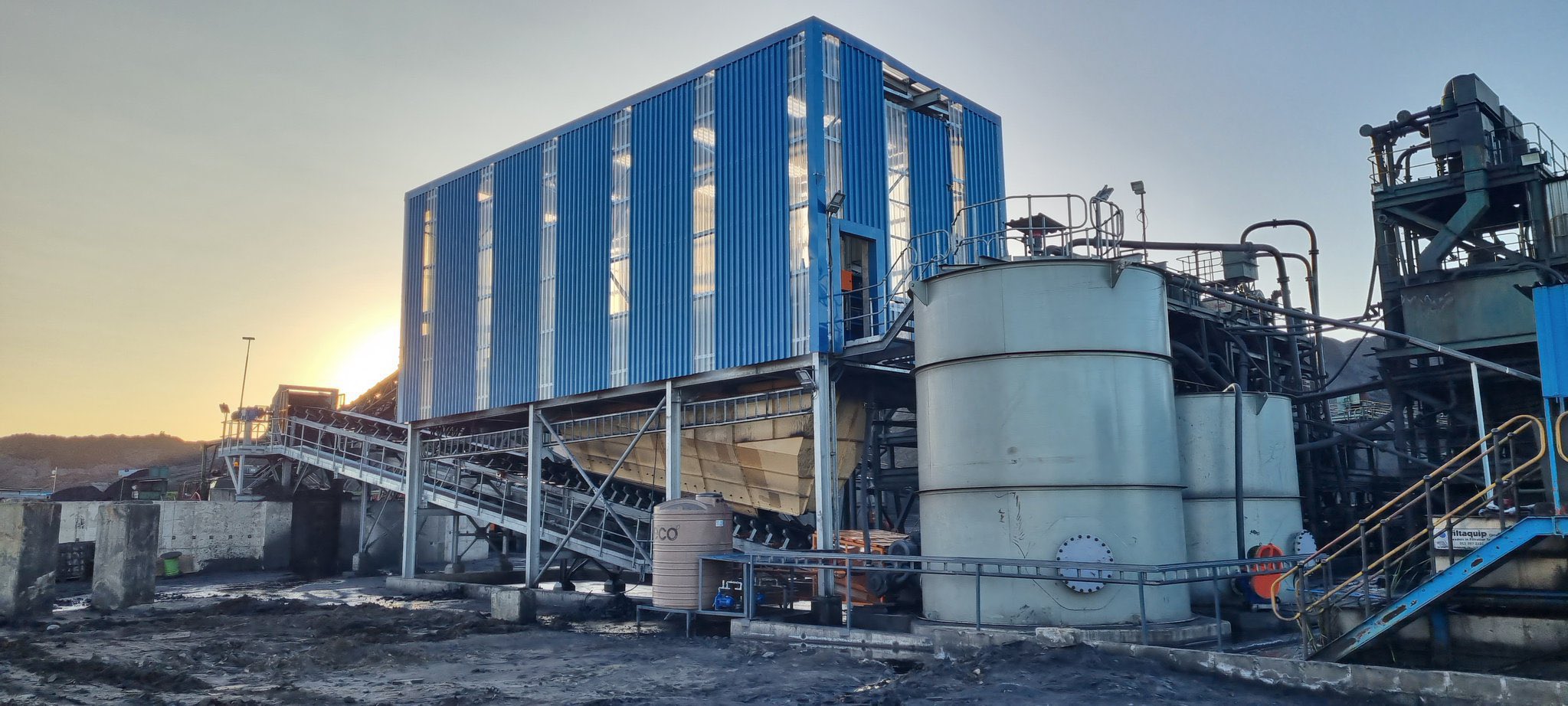Business
South Africa’s Gold Industry Sheds 440,000 Jobs as Deep Mining Becomes Too Costly

South Africa’s gold mining industry, once the heartbeat of the national economy, is in serious decline—and the numbers tell a stark story. Over 440,000 jobs have vanished since the late 1980s, a result of deep-rooted economic and operational pressures.
According to a recent analysis by The Outlier based on official data from the Department of Mineral Resources and Energy, gold mining employment plummeted from over 536,000 workers in 1988 to just 94,000 in 2023. That’s an average loss of more than 12,000 jobs every year, or 35 jobs every single day.
So, what happened?
A Golden Age That Couldn’t Last
Gold was first discovered on the Witwatersrand in 1886. What followed was a gold rush that built Johannesburg and bankrolled South Africa’s development through much of the 20th century. By the 1970s, South Africa was responsible for more than two-thirds of the world’s gold production, making the industry a key driver of GDP and industrial growth.
But since the 1980s, the shine has begun to wear off. Declining ore quality, rising input costs, and increasingly complex and costly deep-level mining methods have eaten into profits and pushed companies toward closure.
By 2023, gold’s contribution to GDP had dropped to just 6.3%, compared to 20% in the early 1980s.
Gold in the Ground, but Out of Reach
Interestingly, South Africa is not out of gold. A 2023 PwC report estimates the country still holds 68 million troy ounces of reserves—enough for another 27 years of production.
The real challenge lies beneath the surface. Literally.
To access what remains, miners must dig deeper than ever before—sometimes several kilometres underground. These depths come with searing temperatures, high humidity, and dangerous conditions that require constant ventilation, cooling, and water pumping.
That all adds up to one thing: massive electricity costs.
Power Costs Are Sinking the Industry
According to the Minerals Council South Africa (MCSA), electricity now accounts for up to 20% of operational costs for gold mines. Eskom’s steep tariff hikes over the years have made things even worse, with many mining companies simply unable to keep up.
“The burden of high electricity costs, especially for deep-level mining, is eroding profitability,” says the MCSA. “It also shortens mine lifespans as companies are forced to abandon lower-grade ore.”
In other words, mining companies are now cherry-picking only the highest-quality gold veins to stay viable—leaving the rest untouched, even if it’s technically mineable.
The Toll on Workers and Communities
For mining communities and workers, the consequences have been devastating. Towns once built around bustling gold operations are now hollowed out. Jobs have dried up. Opportunities have moved elsewhere.
In 1988, gold mines employed over half a million South Africans. Today, that number is under 100,000—and falling.
A Future Beyond Gold?
While the country still sits on significant gold reserves, the economics of getting to them are becoming less viable. With electricity and water costs soaring, and labour-intensive methods no longer sustainable, the industry faces tough choices.
Can renewable energy help reduce costs? Can automation and tech innovation revive parts of the sector?
Only time will tell—but for now, South Africa’s gold mining sector is no longer the powerhouse it once was. It’s a sobering reminder of how industries must evolve—or risk being left behind.
{Source: BusinessTech}
Follow Joburg ETC on Facebook, Twitter , TikTok and Instagram
For more News in Johannesburg, visit joburgetc.com



























